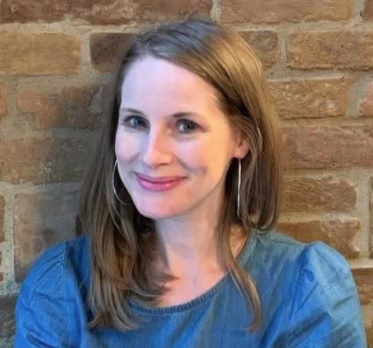
A guide for young people on coping with the loss of a loved one.
When researchers with the charity Youthscape conducted interviews with teenagers in Luton a few years ago, seeking to explore their questions about God, death was brought up by almost all of them, without prompting. Despite the fact that most of these young people didn’t display a great deal of curiosity about faith, questions like ‘Is there a heaven?’ came up consistently.
In their report, No Questions Asked, Youthscape observed that these sorts of questions aren’t usually the starting point for those of us seeking to talk to young people about faith. But perhaps we shouldn’t be surprised by their findings. Although such bereavements are far rarer than in previous generations, we know that every day 100 children in the UK lose a parent. One study found that more than three quarters of 11 to 16 year-olds had experienced the loss of at least one of their close relatives or friends. A look at the young adult fiction shelves suggests that there is a hunger in this age group for stories that give voice to grief.
When I began reading some of these novels while researching my book, Lights for the Path, I was struck by the richness of both the narratives, and the emotions explored. In Jeff Zentner’s Goodbye Days, 17-year-old Carver Briggs is wracked with guilt about the death of his three friends in a car crash caused, he fears, by a text message he sent. In Tiger Eyes, by Judy Blume, Davey Wexler is pushing back against the restrictions imposed by overbearing guardians after the death of her father in a shop robbery.
When I lost my mother, shortly before my 12th birthday, I found great comfort in reading books like this. Spending time with peers, even fictional ones, who were dealing with grief made me feel less alone. I’ve included some of these literary creations in my own book, but also collected real-life stories from people bereaved as teenagers – one for every decade from adolescence to those now in their 70s. I wanted to know how my interviewees had reacted to this loss and what advice they might pass on to my readers – what ‘lights for the path’ they might offer. Often, they were nervous about doing so, conscious of how individual every loss is, and how unique the grief that emerges. One young father had buried his grief for years. A woman described being convinced that she was somehow to blame for her father’s death – feelings tied up with their complex, fraught relationship. A hospice counsellor I spoke to told me that the young people who come to see her are often ‘intensely critical’ of themselves. They believe that they are not doing grief ‘right’ and worried that they are ‘uncaring, unloving, or pathetic’. They need to be reassured that however they are responding is okay. One of my hopes is that the variety of stories in my book will reassure readers that there is no ‘normal’ when it comes to grief.
I also hope that Lights for the Path helps readers who have questions about where God is in our loss. When I first began planning my chapters, I wondered whether I should avoid these questions altogether – would it not alienate readers who weren’t believers? But when I look back on my own bereavement, so many of the thoughts revolving in my mind were theological. What did it mean that, despite our prayers, my mum had died? Where was she now, and would we see her again? Despite growing secularisation, I don’t believe that these questions only trouble those of us who tick the religion box on a census. I also came to the conclusion that I didn’t want to conceal the comfort, and hope, that my faith has given me – as an anxious teenager, and today. It’s not that faith has shielded me from grief, or that I don’t continue to find thinking about death and the afterlife overwhelming, but I do hope that my book reassures readers that God loves both them, and the person who has died, and that His resurrection really is a triumph over the grave.
As I came to the end of my research last year, a priest who had previously been a headteacher described how, in many schools, he was confronted by ‘a lot of rainbows and daffodils and posters of running brooks’.
‘I think schools are very afraid to address the dark stuff,’ he told me. ‘But children really need it.’ I agree – we need to allow young people to voice their fears about death, and grief in all its complexity. Knowing that ‘the light shines in the darkness, and the darkness has not overcome it’ should give us every confidence to do so.

Madeleine Davies is features editor at Church Times. She has also contributed to other organisations including Reform, Guardian Online, BBC Radio 4 Sunday and Greenbelt.

Together Magazine
Together is the Christian resources magazine for the UK, with stories of what God is doing across the church today, book reviews and publishing industry news. Subscribe now at www.togethermagazine.org.